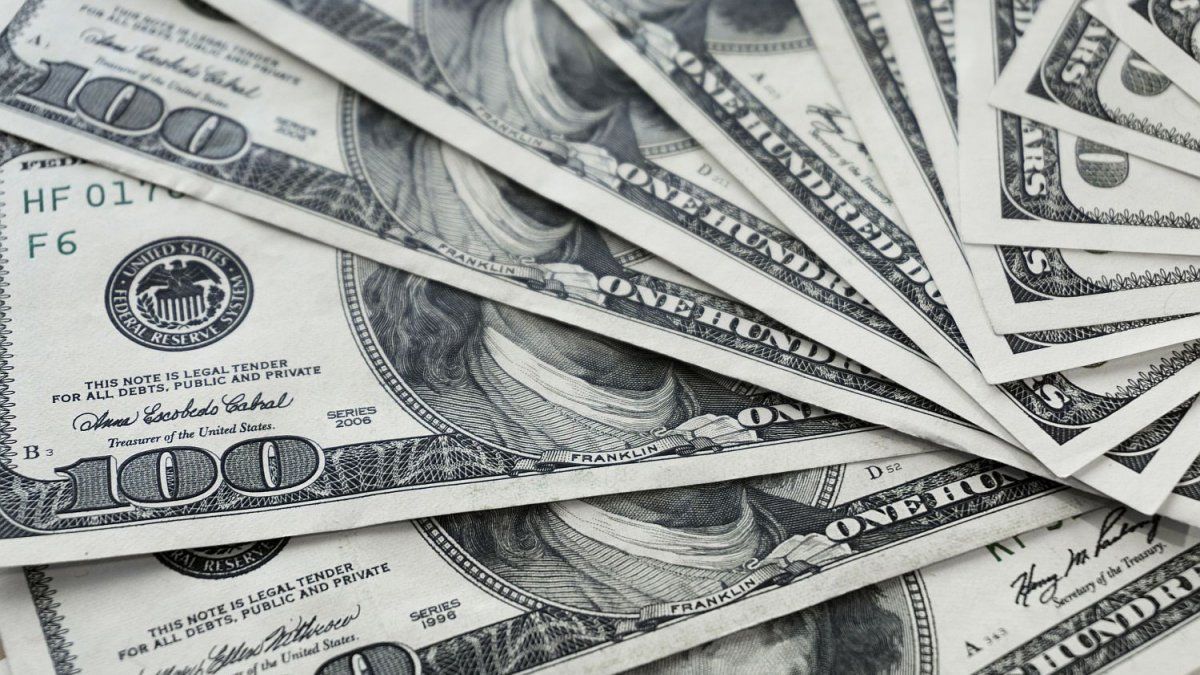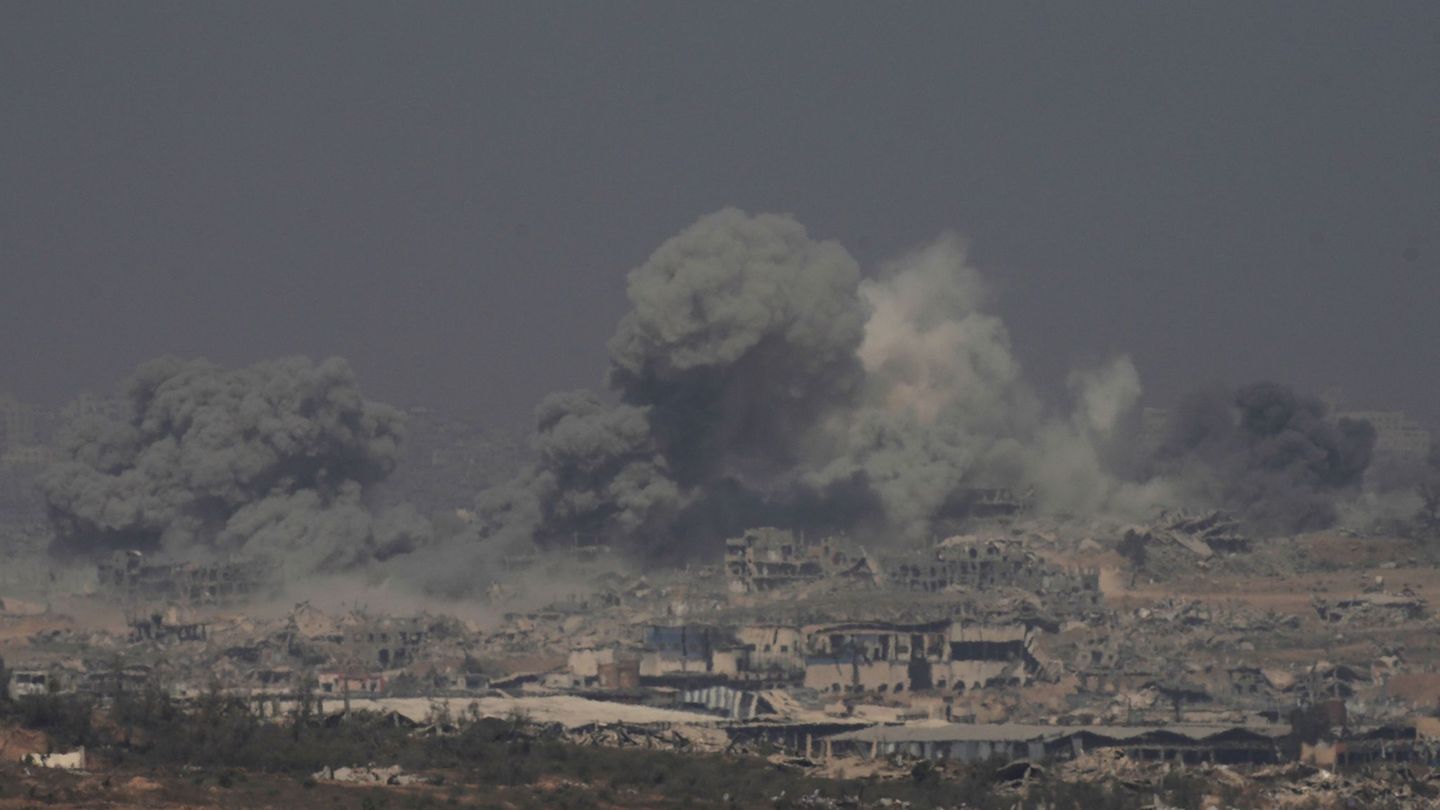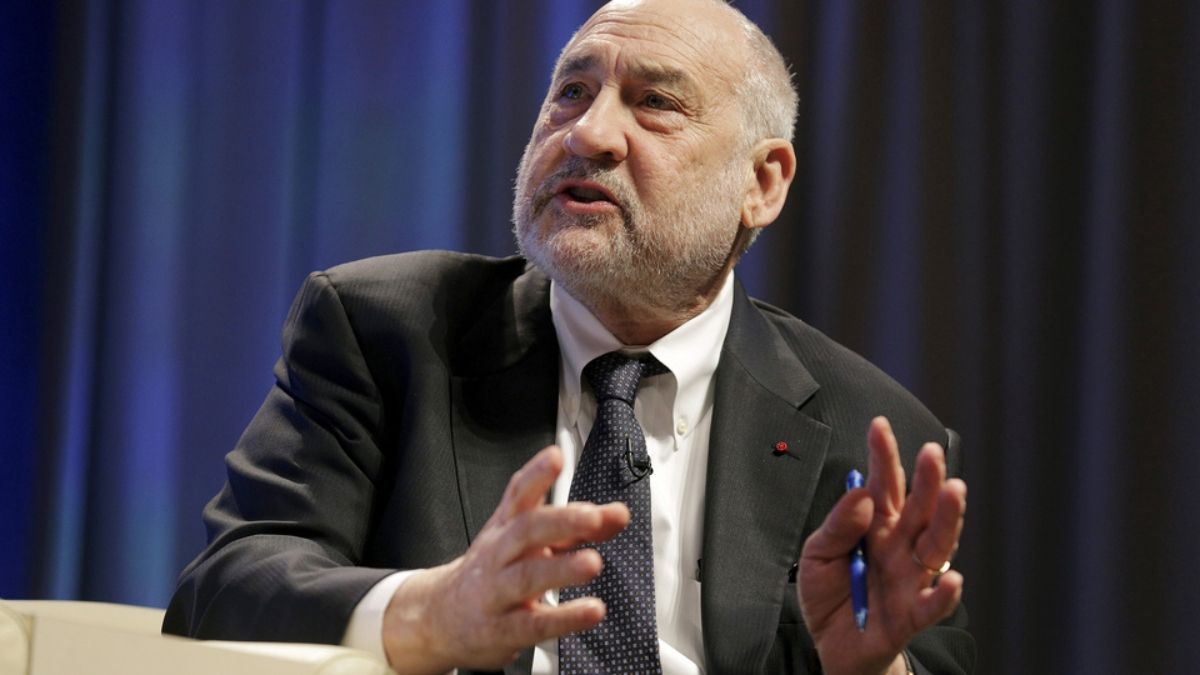He “crawling peg” It is nothing more than the progressive and controlled rise of the official dollar. It is an operation carried out by the Central Bank that in practice allows gradual and predefined adjustments to the exchange rate. Among the benefits is that it gives flexibility to move the value of the currency avoiding sudden fluctuations.
The term “Crawling peg” literally means “sliding exchange rate” or “trailed exchange rate.” The term “crawling” refers to a gradual adjustment, while “peg” means “to fix” or “to bind.”
In short, the “crawling peg” is an exchange rate system that allows the currency gradually adjust in relation to other foreign currencies (in the Argentine case, the dollar), within established limits.
An example for which it is used is if the country is experiencing high inflation, the central bank may allow the exchange rate to gradually depreciate to maintain the competitiveness of its exports in international markets. Similarly, if the currency appreciates too much, the central bank can intervene to prevent excessive overvaluation.
The history of the country with the crawling peg
Argentina has experienced various stages in its economic history in which it adopted the Crawling Peg as part of its exchange rate policy. In the 1990s, during the period known as Convertibility, Argentina established a fixed peg between the Argentine peso and the US dollar, which meant that the exchange rate was anchored and could not fluctuate. However, in 2001, the country faced a severe economic crisis and abandoned Convertibility, leading to a sharp devaluation of the peso and a subsequent adoption of the Crawling Peg.
In later stages, Argentina resorted to the Crawling Peg as an attempt to stabilize the economy and control inflation. However, the implementation of the system was not without challenges. The fluctuation bands became difficult to maintain in times of economic volatility, and the country faced speculation about the future direction of the exchange rate, which increased the volatility of the foreign exchange market.
dollar-blue-inversiones-finanzas.jpg
Argentina turned to the Crawling Peg as an attempt to stabilize the economy and control inflation.
Depositphotos
Despite the challenges, the Crawling Peg allowed for a greater flexibility in exchange rate management and helped avoid sharp fluctuations, which provided a degree of stability in the economy. However, criticism also arose about the effectiveness of the system in containing inflation and managing international reserves.
Currently, Argentina continues to face crucial decisions on exchange matters and is debating a crawling peg that adjusts by 2% with inflation that travels above 20%. Although the exchange rate remains competitive, the market raises the possibility of it becoming “short” in a period of less than 3 months.
Official dollar: the risk of exchange rate delay
Today the risk of Ministry of Economy, economists point out, it’s a new exchange delay Front of inflation. Although there is positive news: for example, that the Central Bank continues to buy foreign currencies – although at a lower level this week than in the previous ones – the fear is that this eventual exchange rate delay remove incentives for exporters again to liquidate foreign currency and return to the situation with which the Government started.
In turn, since mid-January, the consulting firm has highlighted Ecolatinapostponed payments for imports will begin to have a greater impact, which could generate a type of “bottleneck” increasing the demand for foreign currency.
For its part, from the consultancy Econviews They made a scheme that they called “the exchange labyrinth” which will culminate with a higher exchange rate, that is, with a new devaluation.
“We consider that the initial devaluation was good and It didn’t fall short per se. Now, if we take into account that after the exchange rate jump there was a crawl of 2% monthly combined with an inflation that will be a minimum of 25% monthly in December and January (combined 56%), there we can think that a higher exchange rate was needed to have more room for appreciation.”
In this sense, they explain that: “continuing to devalue at 2% monthly implies that, in January, the real exchange rate will appreciate by 18.2%, in February by 11% and in March by 8.5%. In this scenario, by the end of March , the index will be 18% below its historical average. This level is similar to what it was before the August devaluation”.
On the other hand, they highlighted the risks that the official dollar does not rise at the rate of inflation: “Additionally, in the event that the real exchange rate continues to appreciate, our reserve accumulation projection would worsen. The effect will not only be on the assets of the BCRA. The gap will not decrease and the fiscal side is also complicated. “A less competitive exchange rate discourages exports and the collection from withholdings would be lower.”
Source: Ambito
I am a 24-year-old writer and journalist who has been working in the news industry for the past two years. I write primarily about market news, so if you’re looking for insights into what’s going on in the stock market or economic indicators, you’ve come to the right place. I also dabble in writing articles on lifestyle trends and pop culture news.




